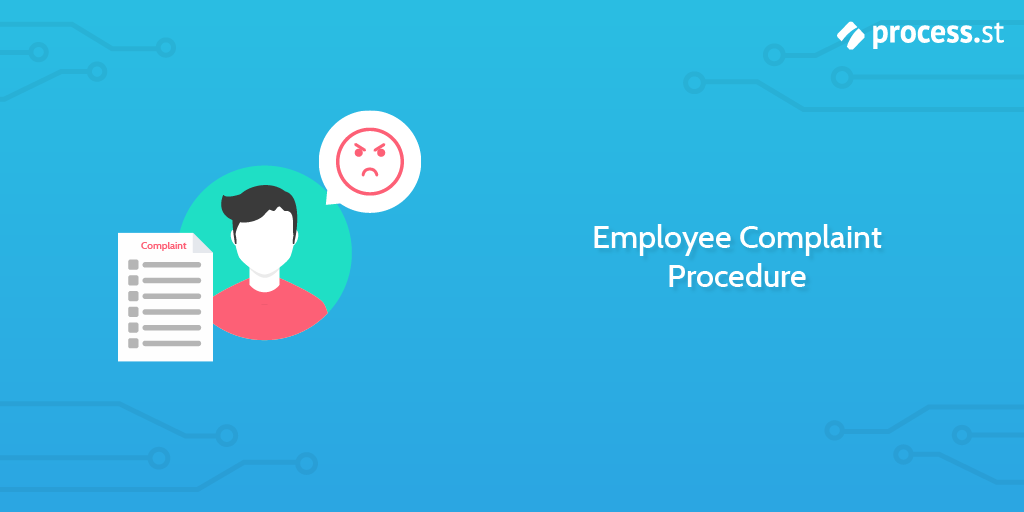As a company scales, its workforce grows. This is usually positive. However, there's also a higher chance for negative interactions to occur due to the increase in staff number.
With this in mind, what’s one of the best ways to tackle any potential workplace negativity head-on?
With an employee complaint procedure.
This particularly procedure starts with the complainant lodging their complaint, adding information regarding who was involved and when it happened.
The HR team will then be assigned (by the complainant) to the rest of the tasks in the procedure, which provide steps on dealing with and resolving the issue(s).
Worryingly, only 58.9% of organizations track employee relation matters. Make sure your company takes its employees' concerns seriously by following this procedure.






